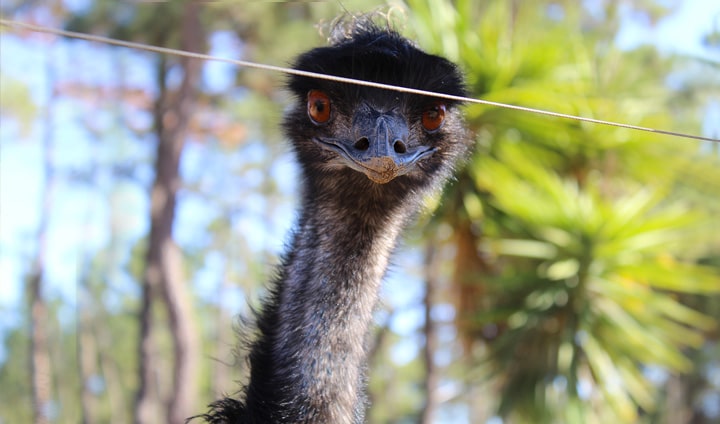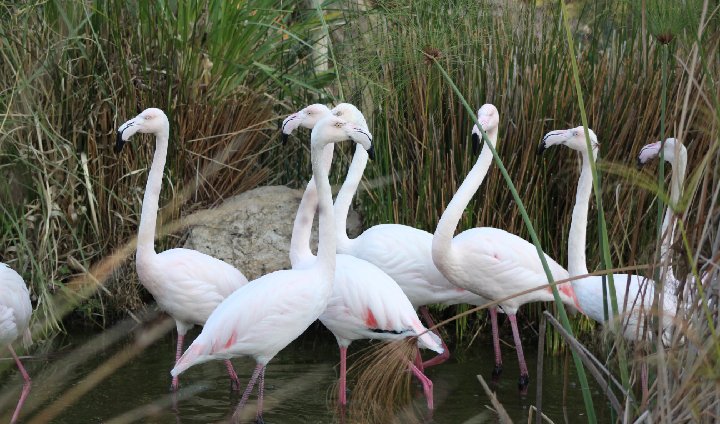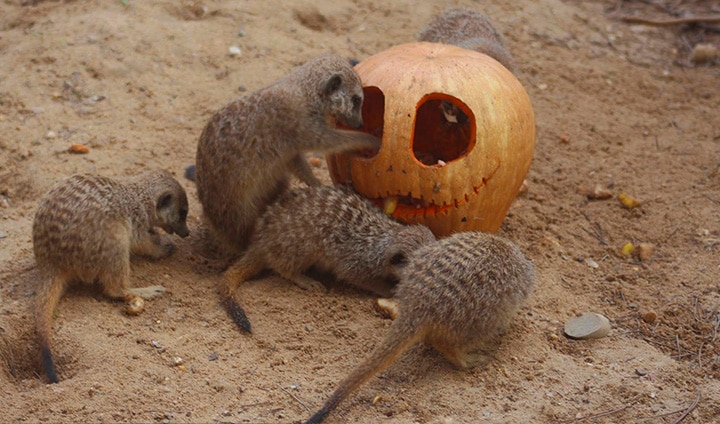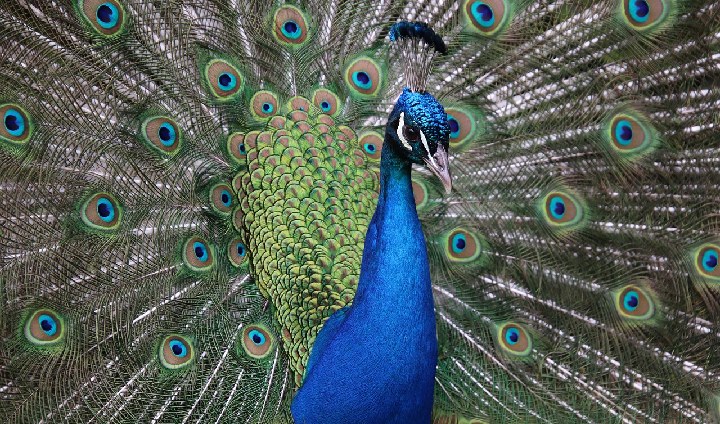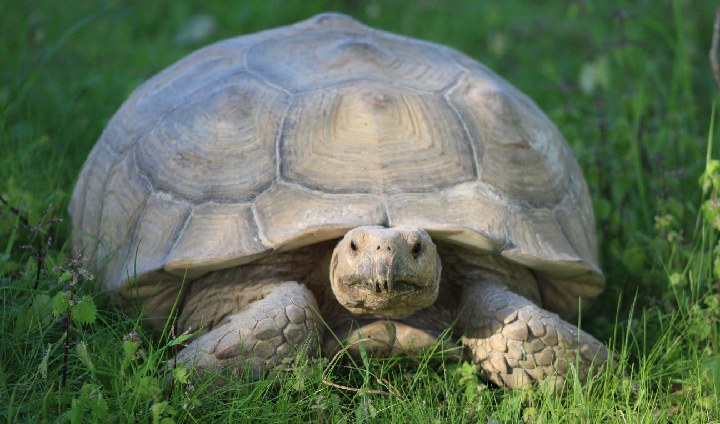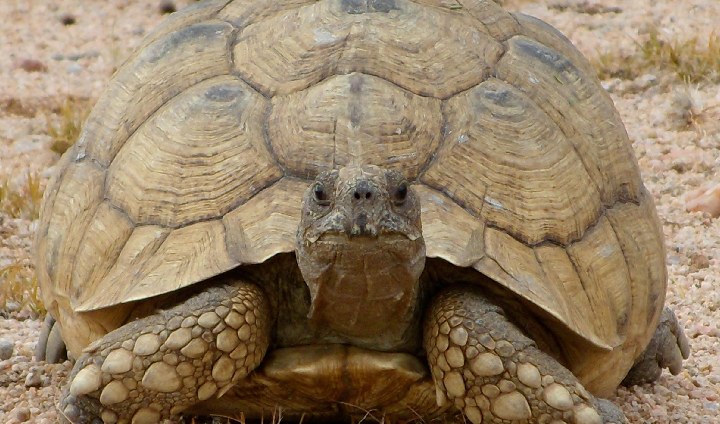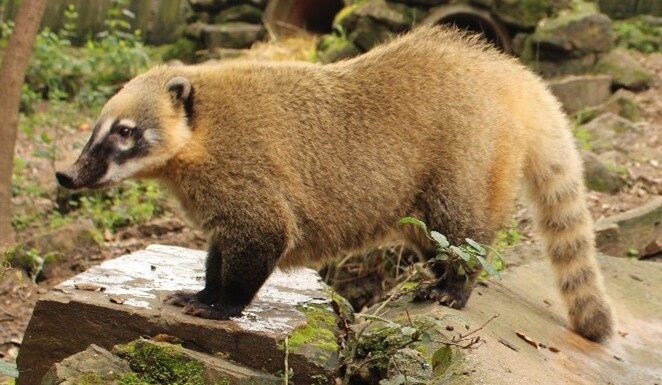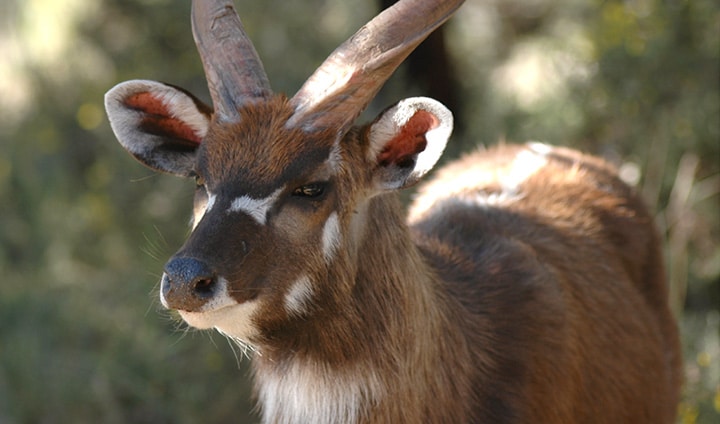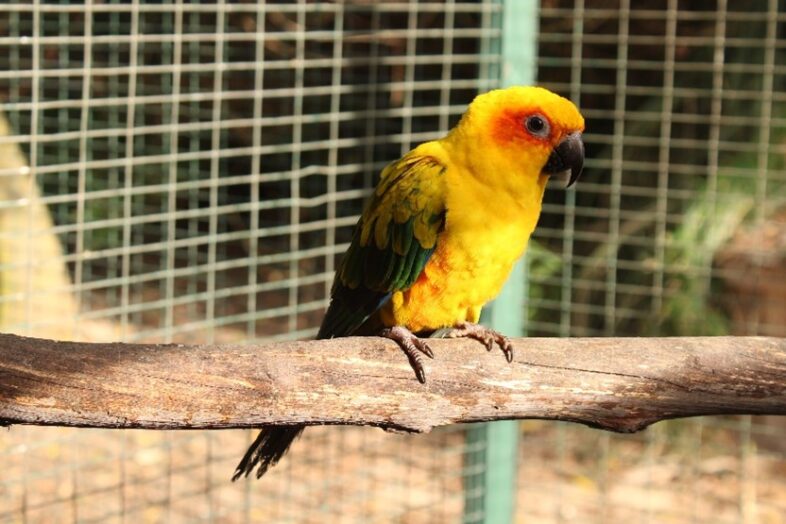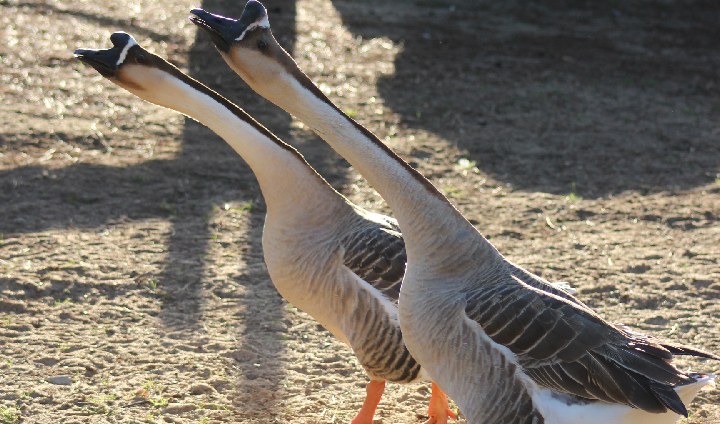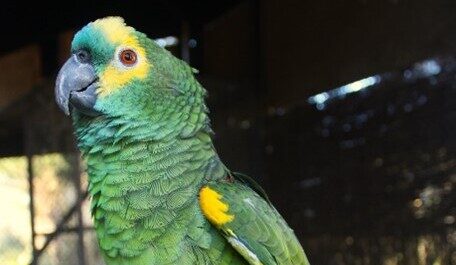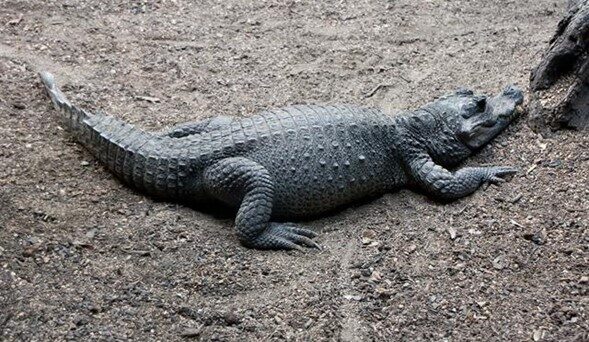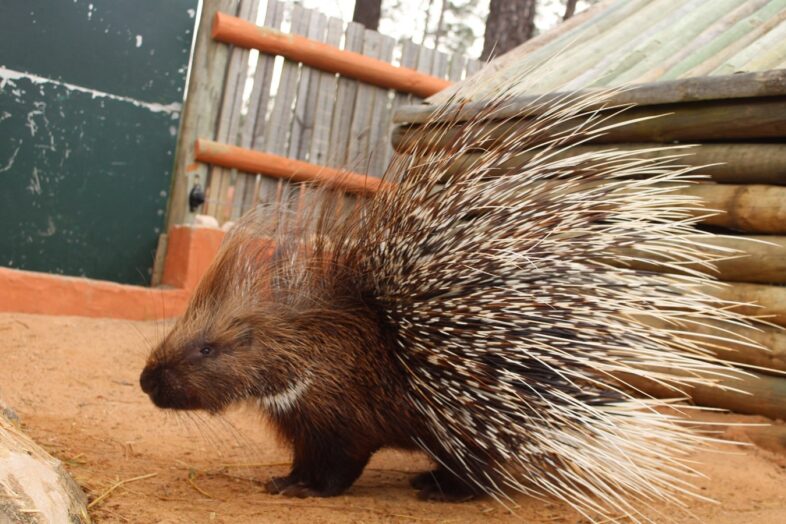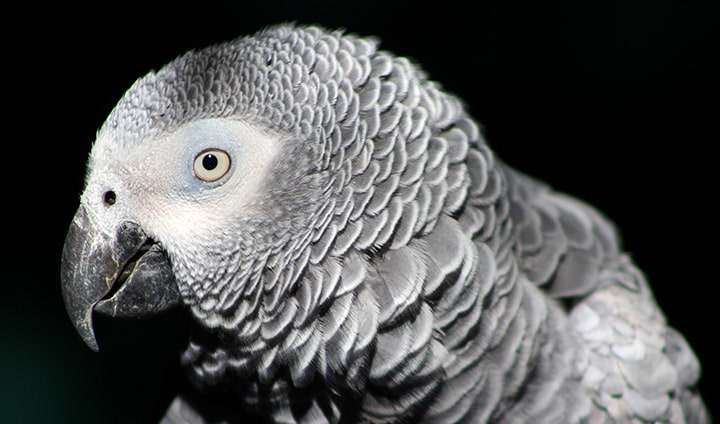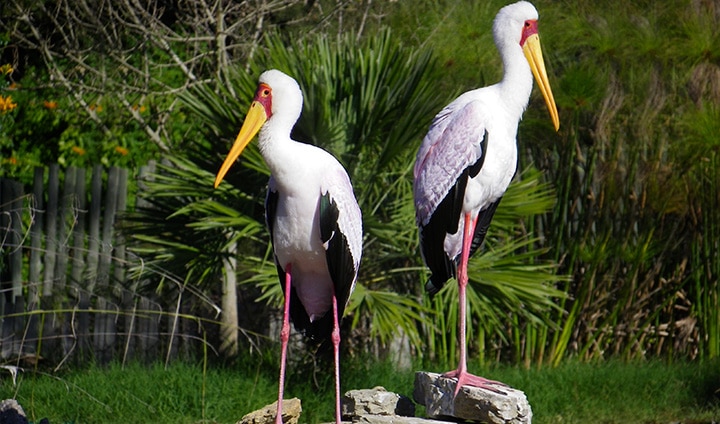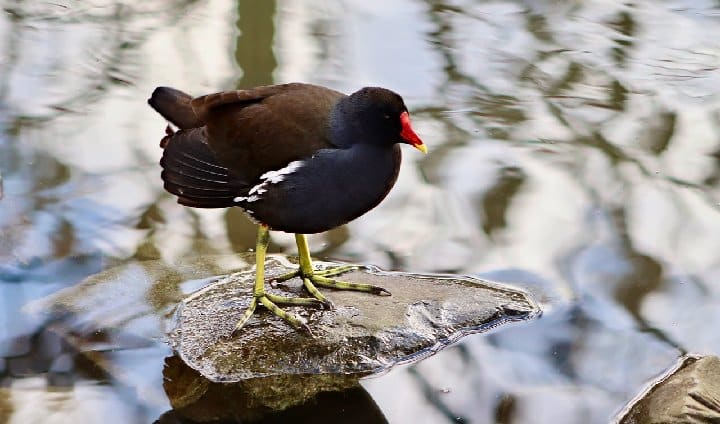Habitat and Geographical Distribution: From woods and dense thickets, to prairies and open areas.
Diet: Omnivore, based on fruits, seeds and insects.
Reproduction: Mates around December-January, laying eggs as of February. Generally lay 5-15 eggs in a depression in the ground that serves as a nest, covered with grass and branches to protect the eggs against the heat. The male incubates the eggs (about 56 days) and cares for the chicks, which only become sexually mature after 2 to 3 years.
Behaviour: These animals live in small flocks, rarely large in size, and form breeding pairs in the mating season. They spend most of their time looking for food, from the ground, by stretching their long and flexible necks. They can travel hundreds of kilometres depending on local availability of food and water.
Conservation status:Least Concern (IUCN) Annex II (CITES)
Class: Aves
Order: Casuariiformes
Family: Casuariidae
Weight: 30 – 55 kg
Length: 1.5 – 1.9 m
Lifespan: 5 – 10 years


